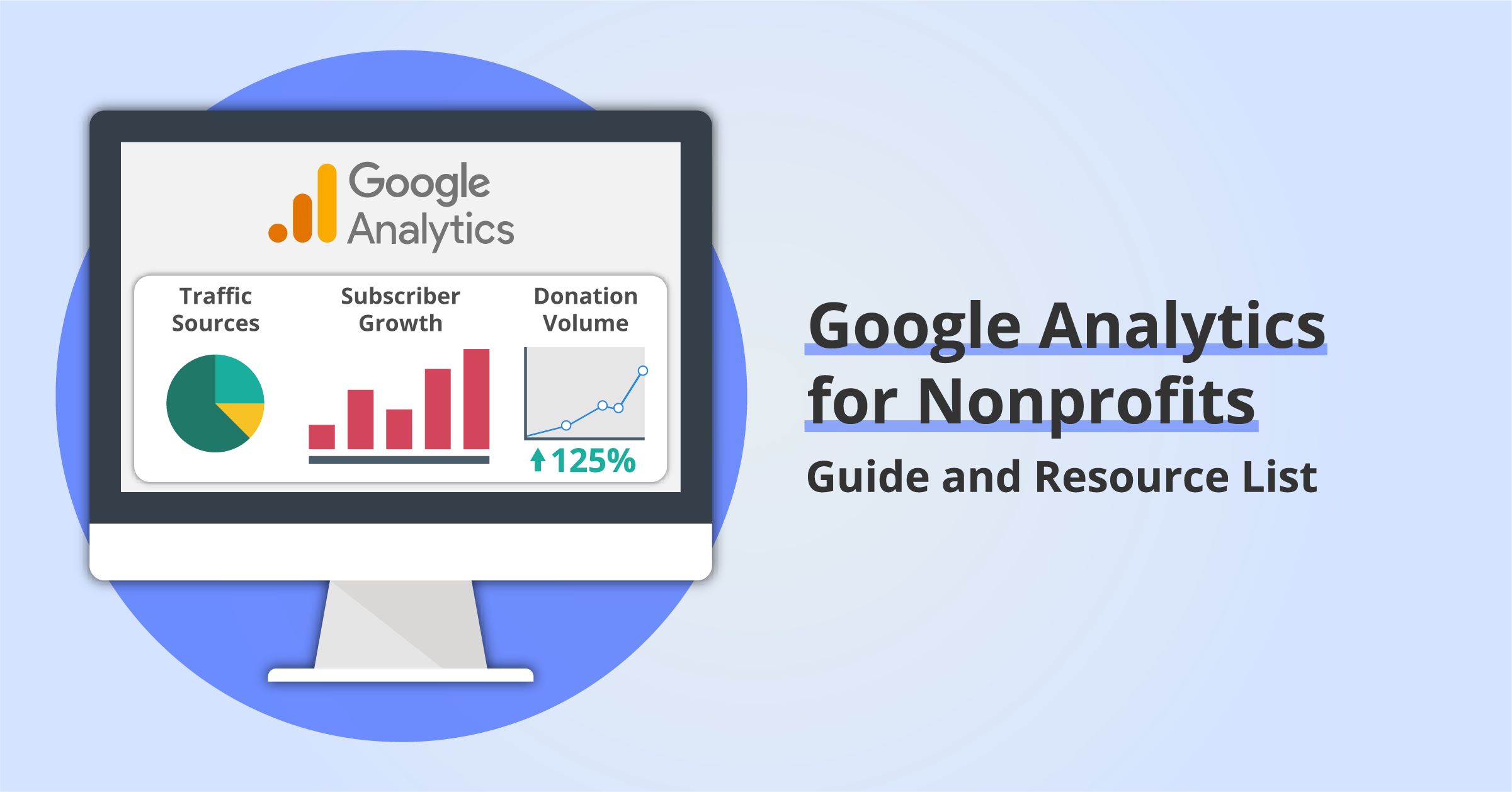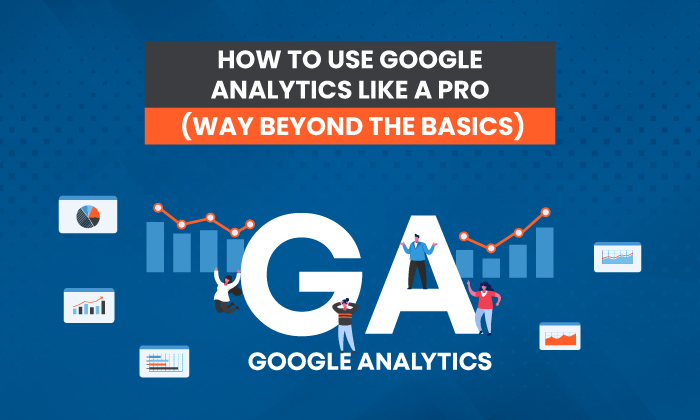What is a "Dimension" in Google Analytics? Discover How It Forms Your Information
What is a "Dimension" in Google Analytics? Discover How It Forms Your Information
Blog Article
Maximize Your Advertising Strategy With Advanced Google Analytics Dimensions Techniques
In today's competitive digital landscape, harnessing the power of innovative Google Analytics dimensions techniques is extremely important for organizations looking to fine-tune their marketing strategies. Keep tuned to discover just how these techniques can revolutionize your advertising and marketing strategy and drive tangible results in an ever-evolving electronic environment.
Comprehending User Behavior Insights
Comprehending Individual Habits Insights is an essential facet of any type of marketing method. By using devices like Google Analytics, companies can obtain important insights into just how users interact with their internet site. These understandings can help marketers make data-driven choices to maximize their projects and enhance the individual experience.
Assessing individual behavior can reveal essential metrics such as bounce price, session period, and pages per session. Bounce price, for instance, suggests the percentage of visitors that leave a website after watching just one web page (what is a “dimension” in google analytics?). Understanding this metric can help marketing experts identify prospective problems with landing web pages or content that may be driving site visitors away
Additionally, tracking customer habits can also provide insights into the performance of advertising campaigns. By monitoring metrics such as conversion rates and goal completions, organizations can analyze the impact of their marketing initiatives and make changes as needed.
Tracking Conversion Courses
Analyzing conversion paths is an essential element of a comprehensive advertising and marketing approach. By tracking the sequence of communications users have with your website prior to completing a wanted objective, you can acquire useful understandings into the efficiency of your advertising and marketing efforts. Google Analytics supplies essential tools to check conversion paths, permitting you to recognize which channels and touchpoints contribute most to conversions.
Via conversion path tracking, you can determine the most typical routes customers take in the past converting, helping you enhance these paths for much better outcomes. By evaluating the different actions users take, you can identify potential traffic jams or areas for enhancement in your marketing channel.
Additionally, tracking conversion courses enables you to connect conversions accurately to details marketing channels, projects, or material (what is a “dimension” in google analytics?). This details is essential for assigning resources successfully and making the most of the ROI of your advertising efforts
Using Custom-made Capacities Efficiently
When intending to boost the deepness of understandings gained from Google Analytics, companies can utilize the power of custom dimensions successfully. Custom-made dimensions enable organizations to collect and analyze information specific to their special requirements and objectives. By specifying customized measurements, services can track and measure information that is not recorded by default in Google Analytics, such as individual features, interactions, or item details.
To use personalized dimensions successfully, companies must first identify the crucial metrics and dimensions that align with their advertising and marketing goals. For example, a shopping website may create custom-made measurements to track the size or color of products checked out by customers. By incorporating these custom dimensions into their analytics tracking, organizations can gain a deeper understanding of user behavior and preferences.
Additionally, custom-made measurements can be made use of to sector data successfully, giving even more targeted understandings for advertising and marketing projects and strategies. By combining custom dimensions with index other Google Analytics includes, businesses can optimize their marketing initiatives and drive far better outcomes based upon a much more extensive analysis of user actions.

Advanced Segmentation Strategies
Building upon the structure of using customized measurements efficiently in Google Analytics, businesses can additionally boost their data evaluation capabilities via advanced division strategies. By segmenting information, businesses can obtain deeper insights right into the actions of certain groups of clients or customers. Advanced segmentation permits the development of even more complex and specific target market groupings based on various criteria such as demographics, habits, or web traffic resources.
One effective division method is cohort analysis, which includes organizing customers based on common qualities or habits over a details duration. This can help companies comprehend fads and patterns amongst various customer segments. Another efficient strategy is RFM division, which classifies users based upon their recency, regularity, and financial worth of their interactions with the website or app.

Enhancing Attribution Modeling
Enhancing Acknowledgment Modeling involves improving the way businesses connect conversions and assign useful link credit history to various touchpoints along the client trip. By executing innovative attribution designs in Google Analytics, organizations can acquire much deeper insights into the performance of their advertising networks and projects. These versions go past the traditional last-click acknowledgment and consider the influence of all touchpoints that add to a conversion.
One prominent attribution version is the Time Decay design, which offers a lot more credit report to touchpoints closer to the conversion event. This helps companies understand the influence of early and mid-funnel touchpoints in driving conversions. One more model is the Position-Based design, which assigns credit based on the placement of a touchpoint within the consumer trip, offering even more weight to the first and last interactions.
Enhancing Attribution Modeling enables companies to make more educated decisions regarding their advertising spending plan allocation and strategy. By accurately attributing conversions to the right touchpoints, businesses can maximize their advertising and marketing initiatives for far better roi and results.
Conclusion
Finally, leveraging advanced Google Analytics dimensions techniques provides businesses with beneficial understandings right into customer habits, conversion paths, and segmentation approaches. By making use of custom-made dimensions effectively and executing advanced division methods like mate analysis and RFM division, services can optimize their advertising and marketing find here methods for improved conversion prices and more effective projects. Enhancing attribution modeling further boosts the understanding of individual communications, ultimately bring about better-informed decision-making and targeted advertising efforts.
In today's affordable electronic landscape, taking advantage of the power of advanced Google Analytics measurements techniques is extremely important for companies looking to refine their advertising strategies.Comprehending User Habits Insights is an important facet of any advertising and marketing strategy. By tracking the sequence of communications users have with your web site prior to completing a wanted goal, you can acquire beneficial insights into the efficiency of your advertising and marketing efforts (what is a “dimension” in google analytics?). By using custom-made measurements effectively and executing innovative division techniques like friend evaluation and RFM segmentation, businesses can enhance their advertising methods for boosted conversion prices and even more effective campaigns. Enhancing attribution modeling even more improves the understanding of individual communications, inevitably leading to better-informed decision-making and targeted advertising and marketing initiatives
Report this page